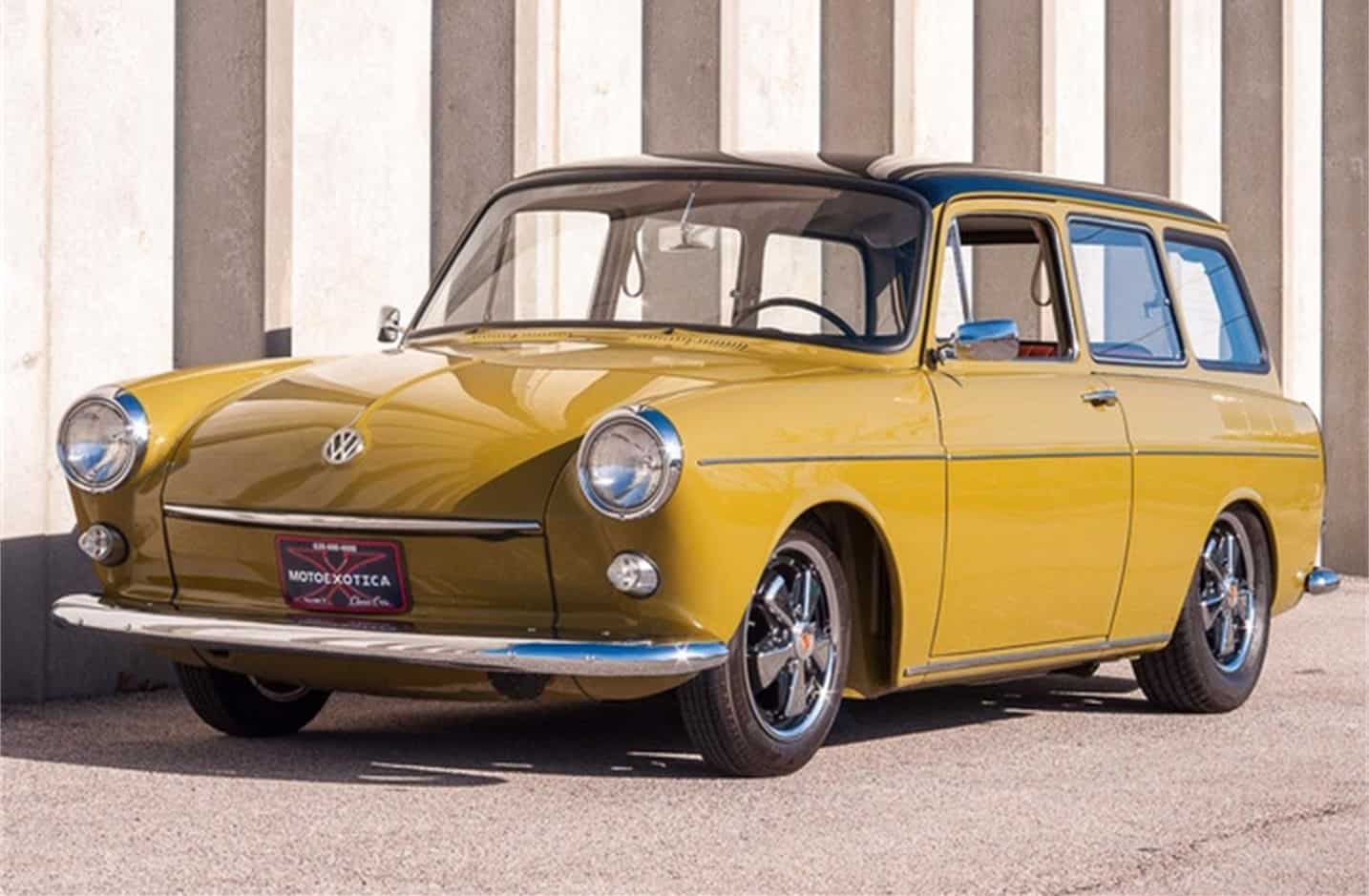
Aside from polishing and cleaning it up, I did basically nothing to it for 2 years other than drive it every day. Notchbacks are relatively rare amongst Type 3’s with many Australian notchbacks ending up in the US where they were never offered for sale.Īfter bringing the car back to Sydney I immediately set about getting some port-a-wall inserts fitted and lowering the car a few inches all round. The car is painted the original Shantung Yellow, which is a single-year only color for VW. It was running, registered in Victoria, and we drove the car 1000km (~600mi) back to Sydney the day I bought it. It included receipts dating back to the early ‘80s. The price was practically theft and I think the seller resented the sale a bit. It was in fairly original condition at the time with next to no rust. you get the picture.I have had this Type 3 for six years since I bid and won it, sight unseen, on eBay for the very reasonable sum of $1300. In that case it would be necessary to know what year and model from which the engine was removed, assuming of course nothing was changed on the cooling system, exhaust system, intake system. However, it gets tricky getting the right part for vehicles that have been modified, or have had engine swaps. So, when ordering parts it is only necessary to know the year and model of the vehicle. The only other significant change took place in 1978 with the introduction of hydraulically adjusted valves via hydraulic cam followers instead of solid ones. In 1976, the engine size was increased again to 2.0 liters (71mm stroke, 94mm bore). In 1975, the displacement increased to 1.8 liter (same stroke as the 1.7 liter, but larger 93mm piston), and carburetion was dropped for electronic fuel injection across the board. The 411/412 and 914/4 were electronically fuel injected, while the Bus had twin carburetors.

The first Type IV engines up to and including 1974 were 1.7 liter (69mm stroke/90mm bore). That is why many people incorrectly refer to the later Buses and Vanagons powered by the Type IV engine as "Porsche powered." It was, in fact, the other way around: the Porsche 914 was "VW powered." Unlike the Type I engine, this engine was never made with an up-right fan shroud, but rather only in the flat pancake design similar to the one used on the Type III. This basic engine was used not only in the 411/412s and Bus (from 1972-on), but also in all air-cooled Vanagons from 1980-1983, and in the Porsche 914/4.

It is referred to as a Type IV because it was originally designed in 1968 for-and fitted to-the VW 411/412, the fourth type of vehicle VW made and thus referred to as the "Type IV." This too was a horizontally opposed four cylinder engine, just larger inside and out. In 1972, the Bus switched to the "Type IV" engine. So when VW parts people, books, or parts catalogues refer to an engine as Type I, II, or III, they are referring to the entire engine assembly, not just the long block.

The Type III employs a rather flat "pancake" cooling system design, while the Bus and Beetle use an up-right fan shroud system. For example, the Beetle uses twin tail pipes and corresponding muffler, while the Bus uses a single exhaust pipe and corresponding muffler. However, as suggested above, the cooling, intake, and exhaust systems all vary a bit between the models. no cooling, intake, or exhaust systems), the Type I (Beetle/Karmann Ghia), Type II (Bus up to 1971), and Type III (Square-back, Fast-back, and Notch-back) they all use the same basic engine. While it is true that if one were to disassemble any of these engines down to the "long block" (valve cover to valve cover, flywheel to pulley-i.e. These were four-cylinder horizontally opposed ("flat-four") engines introduced in 1948 at 1100cc and 25hp, and evolving to 1600cc and about 58hp in 1971. The Bus used the same style engine as the Beetle up to and including the 1971 model. It is called that because it was introduced as the second type of vehicle VW made, the first being the Beetle (and why it is referred to as the "Type I"). Here is a quick article designed to de-mystify the VW "Type" designations.



 0 kommentar(er)
0 kommentar(er)
